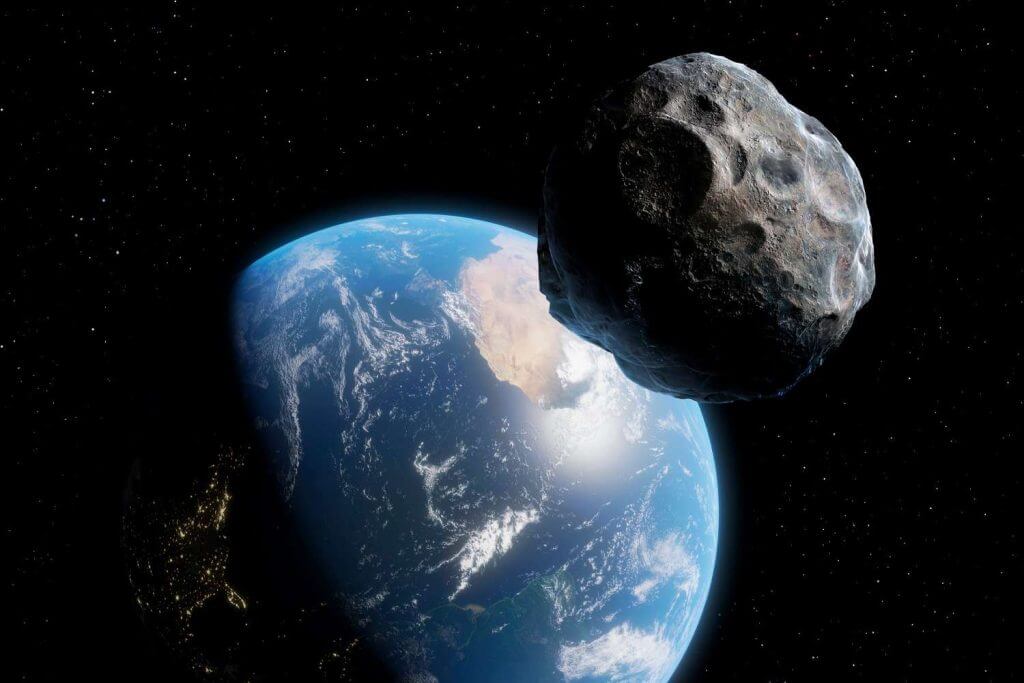On Friday, a substantial asteroid is making its way towards Earth, boasting dimensions comparable to a football stadium. As it nears our planet, it will be hurtling at a speed of 66,000 km/h. This celestial object, named 2008 OS7, can be effortlessly observed through the live stream provided by the Virtual Telescope Project.

City Killer Asteroid: Size and Speed
Measuring approximately 890 feet (271 meters) in width, 2008 OS7 is set to pass Earth at a distance of about 1.77 million miles (2.85 million kilometers) on February 2. The significance of this event lies in it being the closest encounter with Earth in a century, as disclosed by NASA’s Jet Propulsion Laboratory (JPL). The asteroid’s trajectory brings it over seven times the Earth-Moon distance.
Live Streaming Event: Don’t Miss the Close Encounter
To facilitate observation, the Virtual Telescope Project will be streaming the asteroid’s passage near Earth. The live streaming event is scheduled to commence on February 2 at 1:00 PM ET. According to JPL, as the asteroid makes its close approach, its speed will reach approximately 41,000 miles per hour (66,000 km/h), roughly half the size of the Bennu asteroid. Notably, NASA has also collected samples from this space rock, and scientists are currently analyzing them.
Potential Threat Posed by 2008 OS7
JPL’s predictions indicate that due to its size and proximity to Earth, 2008 OS7 has been classified as a potential threat. However, scientists believe that it will not come close enough to impact our planet significantly. In the unlikely event of a collision, the asteroid, while substantial, is not massive enough to cause widespread destruction akin to an extinction-level event.
Space Rocks and Earth’s Safety
NASA has identified approximately 25,000 potentially hazardous asteroids, though only a handful pose a significant threat of colliding with Earth. As per a Live Science report, one of these potentially hazardous asteroids has a collision probability of once every 20,000 years. The class to which 2008 OS7 belongs is highly elliptical, meaning it does not orbit the sun in a regular pattern. Consequently, when any asteroid approaches our planet, the distance between it and Earth undergoes unpredictable variations.
In conclusion, while 2008 OS7’s passage near Earth raises interest and concern, current scientific understanding suggests that the asteroid poses minimal risk of causing substantial harm. Continuous monitoring and advancements in space observation technologies contribute to our ability to assess and mitigate potential threats from celestial bodies in our solar system.
Read more: Apple iPhone SE 4: A Game-Changer in the Budget-Friendly Segment with Striking Design Upgrades
